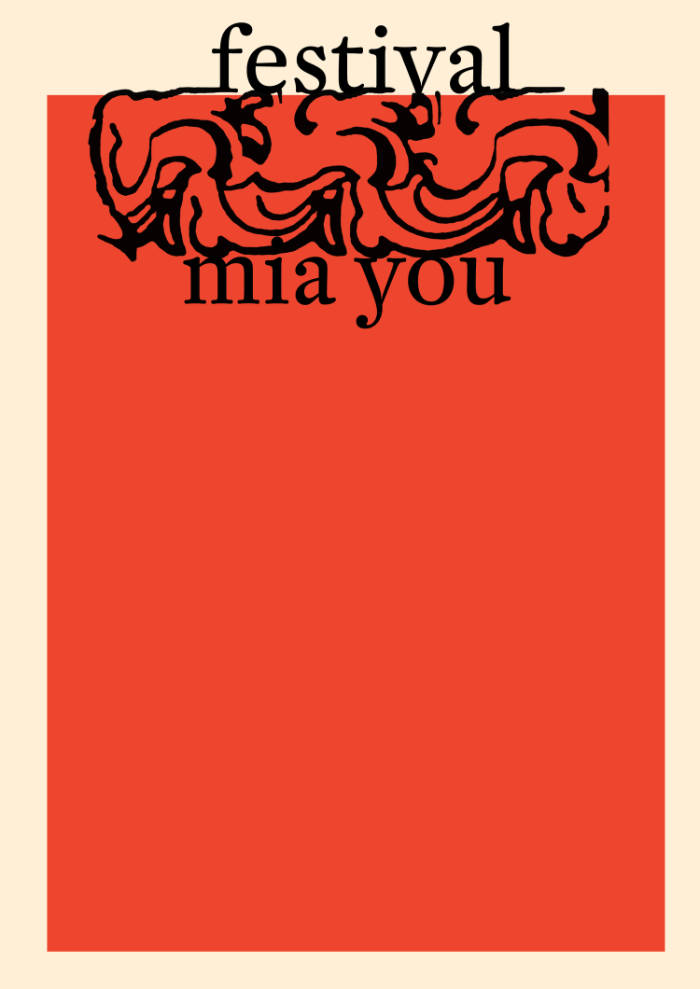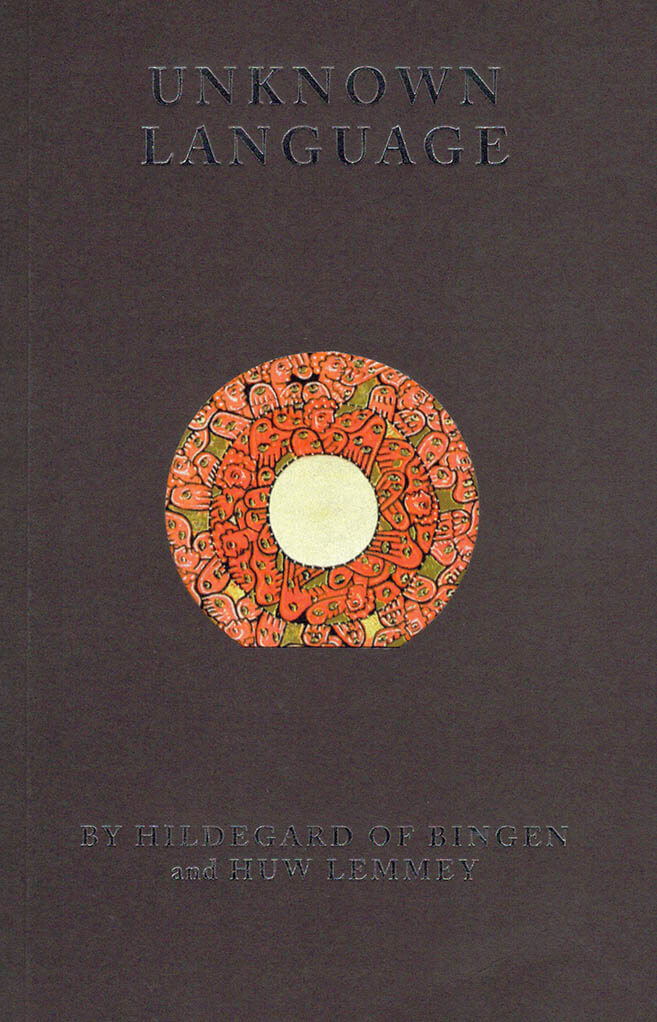"BEAUTY KIT"
"BEAUTY KIT"

Beauty Kit
BEAUTY KIT – AN ECO-EROGENOUS ART PROJECT by Isabel Burr Raty with contributions by Kristin Rogghe, Elke Van Campenhout, Gosie Vervloessem, Pablo Diartinez and Tim Vets, is an experimental catalog summarizing Isabel Burr Raty’s research on conceptualizing and manufacturing eco-erogenous para-pharmaceutical products. It tells the story of the BKFF, a mobile farm where she and other females harvest their orgasmic juices to produce beauty bio-products, used for treatments in the BK Spa, critically discussed in the BK Focus Group and moving forward into becoming a village, where every-body harvests each other. The catalog comes with contributing text, “Harvesting bodies – The Farm as Paradox” by Elle/Elke Van Campenhout, and other reflections on the project.
Isabel Burr Raty is a Belgian-Chilean artist, filmmaker, and Media Art History teacher in ERG (École de Recherche Graphique), living between Brussels and Amsterdam. She is currently developing her second feature film, about the colonial impact on Easter Island, and creating live art and new media installations that queer production understandings, such as the Beauty Kit Project. Her works have been shown internationally.

Festival
The festival is a space of communion and celebration, a romanticized collision of bodies, music and magic. The revolution will look like a festival, we’ve been told by philosophers, writers, artists, and marketers. But the festival is also, of course, the space of formalizing ideology, ritualizing the consumption and violence that propels existing structures of power.
This poetry collection views the migrant, female body as both the glorified and martyred totem of the festival-of-all-festivals we call globalization. Drawing from sources such as Sigmund Freud, James George Frazer, H.D., the Situationist International, seventeenth century narratives of Dutch sailors shipwrecked on the Korean peninsula, the rise of K-pop and the “Korean Wave,” and a zoo-breaking gorilla named Bokito, Festival features kaleidoscopic poetic sequences aiming to show that if anything universal is to be found in lyric poetry’s “I,” it is the result of centuries-long entanglements and contaminations, and of the bodies made to bear these exchanges, to give birth to this century’s globalized subject.
“FESTIVAL is an ode to both beauty and misery. Mia You’s ingenious poetry will have you laughing through your tears. Do NOT miss out!”
—Yael van der Wouden
"She reanimates the form-of-life which is a poem with a feminist skepticism, without foreclosing her robustly idealist commitment to poetry’s continuance"
—Lisa Robertson

Deleuzine Volume 2: She-Dogs
Deleuzine: A Zine for Nobodies Without Organs is an experimental publication inspired by the writings of French philosopher Gilles Deleuze, as well as figures whose life or work can be said to exemplify aspects of Deleuze’s philosophy of life, including Antonin Artaud, Ezekiel Mphaphele’s Wanderers and Kathy Acker among others. Encompassing the fields of literature, philosophy, ethnography, archaeology, and the arts, the publication aims at a radical exploration (and exploitation) of word, image, and printed matter towards beauty, but also aesthetic and political freedom.
1 Laurence Pritchard, Memories of the Penes 6 Natascha Nanji, Crisis in Three Parts 16 Max Henninger, From Poems For Two Voices 18 Sascha Akhtar, Now, You Become D/eath, Destroyer 34 Karina Bush, Claws; I Spit; Sonnet VI 36 Francesca Dobbe, Dog Lady’s Becoming Animal 9 George Micah Kuhn, Pharmacophilia 54 Uma Breakdown, The Graveyard of Extension 60 MUCK, ‘IN A FOLD, THE OUTSIDE IS NEVER FULLY ABSORBED…’ 73 Anouk Asselineau, Angel’s Share 78 Maria Sledmere, Zebra; Lens Flare; Sophie Ellis-Bextor’s Kitchen Disco; Jewel Organza; New Weird Kirsty 82 Paola Valentina, Tube people 85 Dalia Maini, Water Lilies Syndrome 88 Hugo Hagger, Death Dissensus 95 Michal Leszuk, Curating Cruising Culture in the Anthropocene 108 Joshua Jones, Petřín Hill, Dusk 111 Chiara Gambuto 143 Isaac Harris, Helioelagablaus Reborn 163Helen Samuels, Winterize 174 Aimilia Efthimiou, A Recipe 176Simon Barraclough, Vampire in the Funhouse, Part I 178 Suki Hollywood, Mortal Combat 186 Louis Mason, The Executioner 198 Rebecca Close, The Acephale Sonnets 204Sites Of Horror RU, RmIH8 U 90’s Ancestors 206 MUCK, THE STORM 215 George Finlay Ramsay, Raven’s Reprise 228Mike Templeton, The Window Journal: Looking out my Window onto Court Street 232 Caitlin Merrett King, She Has No References; Dylan Thomas; For S 235 Phoebe Eccles, Hold Me in Your Watchful Presence 238 Isabelle Bucklow, Some Bears, Some Moves 244 Alistair McCartney, The Textual Animal 248 Caspar Bryant, Diffraction of a Waterfowl 249 Flo Josephine Goodliffe, Alive Border (Husk or Shell) front & back cover(s) Jean-Robert Alcindor (dispersed) drawings by Rossen Daskalov designed by Alessia Arcuri

Unknown Language
Hildegard von Bingen, Huw Lemmey
Long, long before the Information Age ended, young Hildegard of Bingen finds beauty in the moral and spiritual ruins of her medieval world. In her forty-third year, she inscribes her cosmic visions into Scivias, an indescribably beautiful codex of writing and illuminations thought to be destroyed during the evacuation of Earth.
In a sea cave with cracked amethyst walls on Avaaz, Pinky Agarwalia discovers fragments of this visionary text containing hitherto unknown pathways to a lost vision of human co-existence with plants and non-humans - and the seeds of its rebirth on Avaaz.
Bursting with mythic quantum energy, Hildegard's vital linguistic potion viriditas, threaded throughout her communiqués, is a lush, verdant, renewable life-force. Her ecological message may be just the magic needed for rebirth on Avaaz. Hildegard's mystic toolkit for the future includes a cosmology, medicine, a morphology of crystals, recipes - and the symbols of a new language.
As Pinky Agarwalia traces the diagrams with her fingertip, she suddenly understands - a vision that appears without warning in her own mind - that she must first immerse these materials in water, a guarded substance. In the water, the molecules of the hidden language dissolve, freeze then reconfigure into new shapes, the crystalline language communicated not through sound but by feeling and light. Lingua Ignota, Hildegard's mysterious invented 'unknown language', arrives just in time for a world in flux, one whose coordinates are being recast.
Hildegard von Bingen (1098-1179), also known as Saint Hildegard and the Sibyl of the Rhine, was a German Benedictine abbess, writer, composer, philosopher, Christian mystic, visionary, and polymath. She is considered to be the founder of scientific natural history in Germany.
Huw Lemmey is a writer and publisher. He writes on culture, politics and sexuality, and is the author of the novels Chubz and Red Tory (Montez Press).